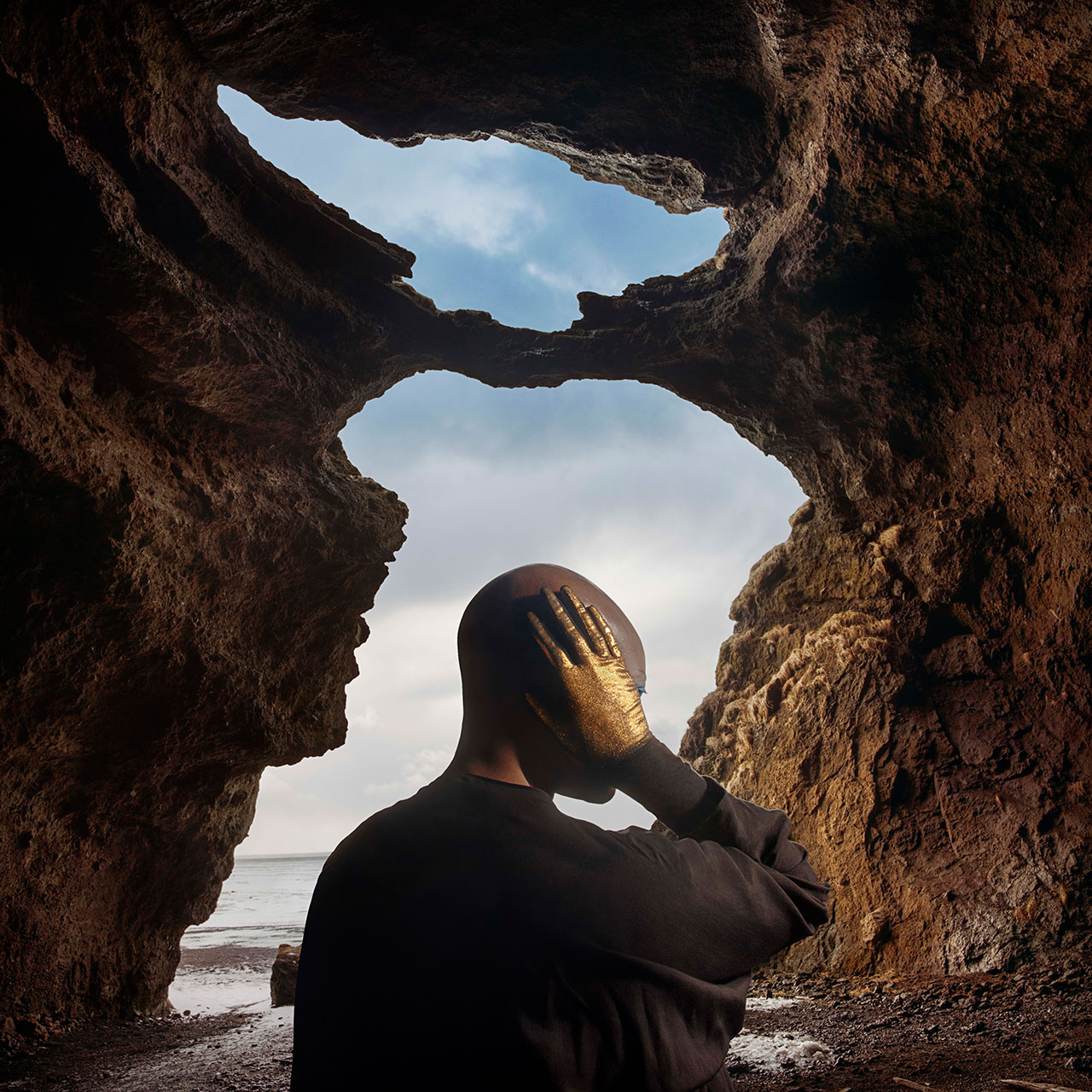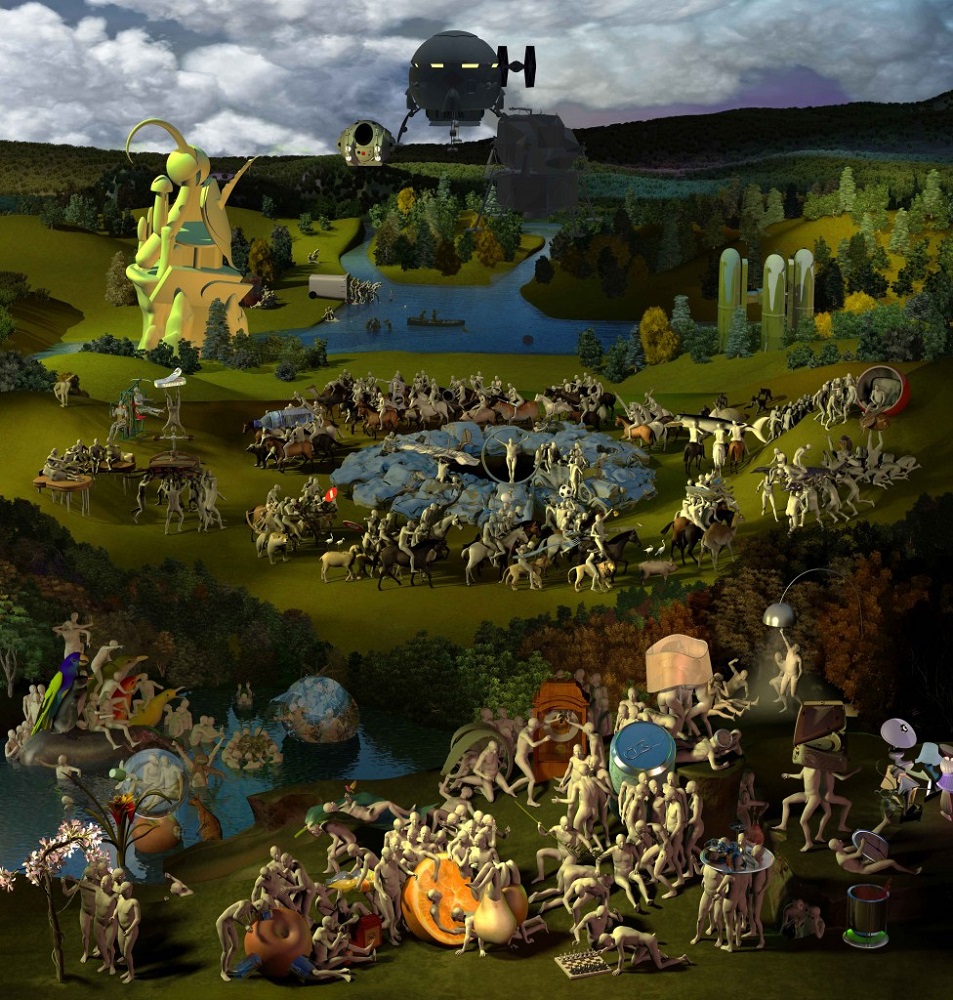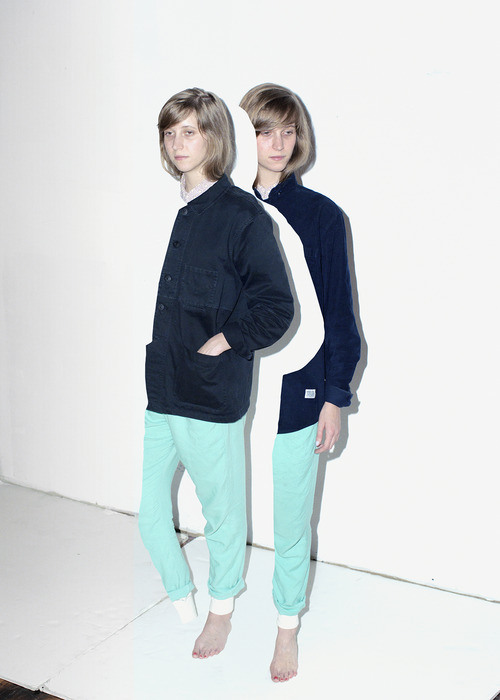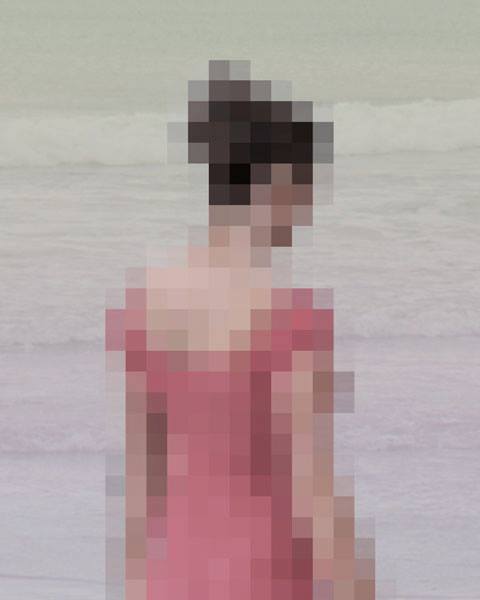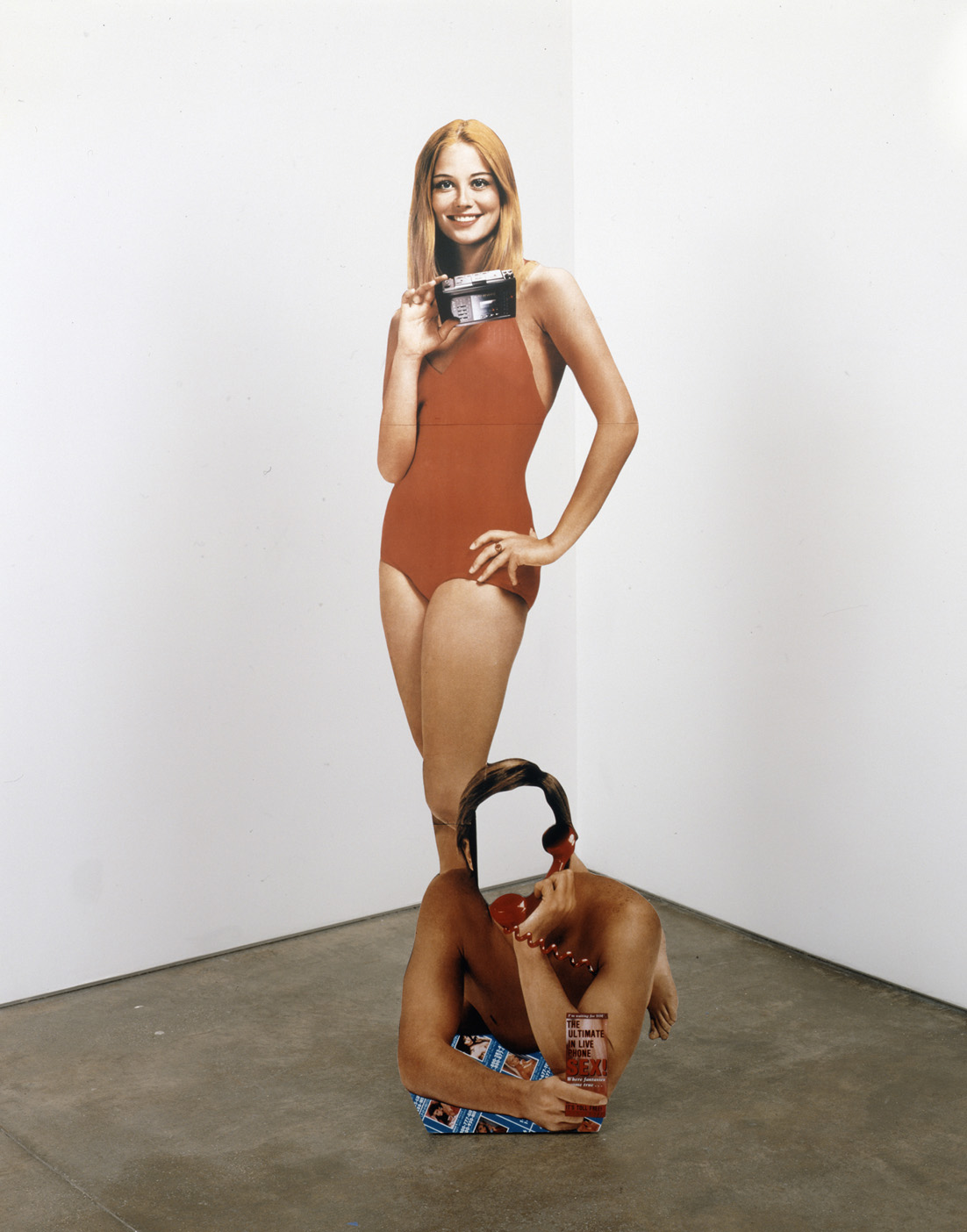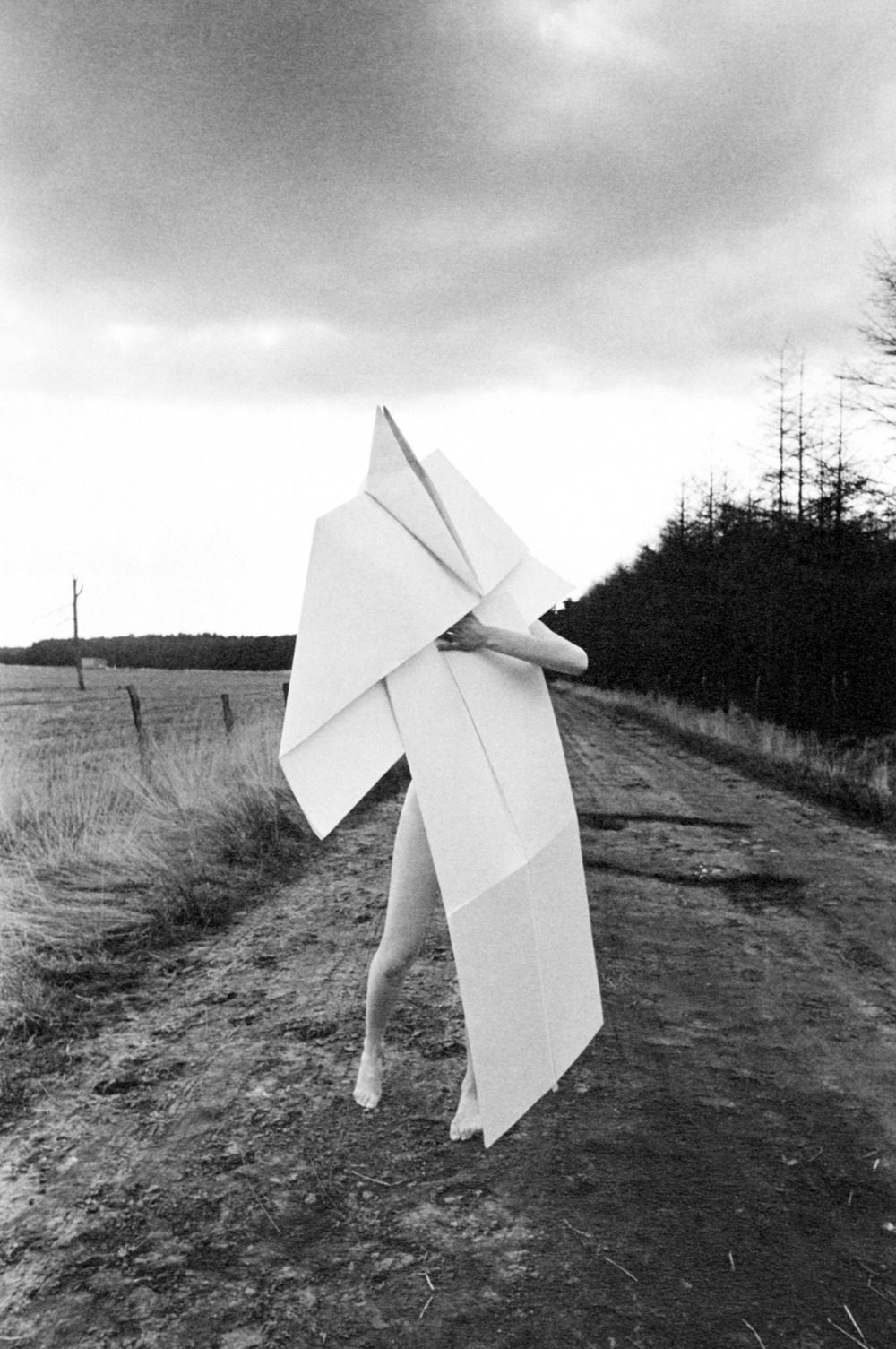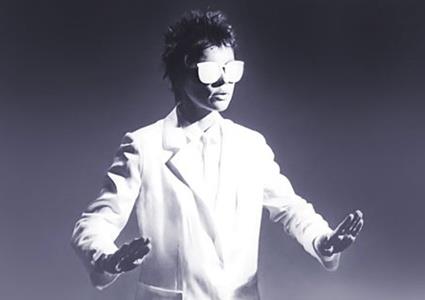
FONG QI WEI
퐁 치 웨이
‘Time is a Dimension’
The beauty of photography, in its essence, is conveyed by capturing a moment in time and freezing it out of its context. Singapore-based photographer Fong Qi Wei, however, uses photography to show the passage of time. In his time lapse series called ‘Time is a Dimension’, Fong doesn’t use a typical long exposure trick. He captures the passing time by layering different photos of the same spot with clear edge lines of each frame. Each collage is digitally cut and created from pictures Fong takes within 2 to to 4 hours. Fong usually works at sunrise or sunset, as the light and color palettes are most varied at those times.
“The basic structure of a landscape is present in every piece. But each panel or concentric layer shows a different slice of time, which is related to the adjacent panel/layer. The transition from daytime to night is gradual and noticeable in every piece, but would not be something you expect to see in a still image. Similarly, our experience of a scene is more than a snapshot,” explains Fong.







